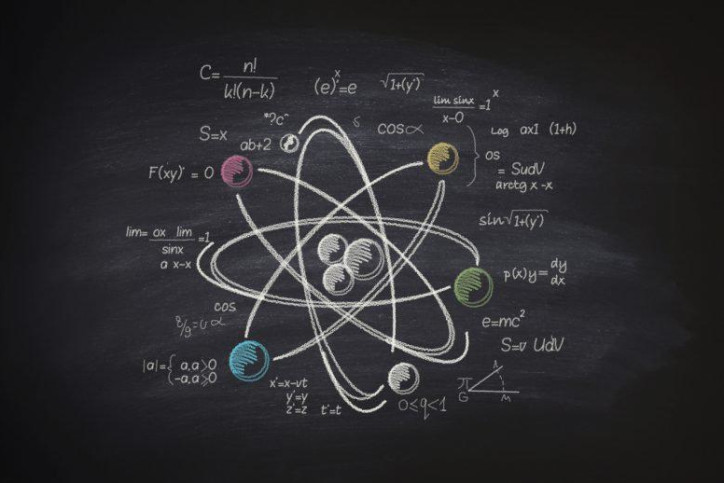What Do Physicists Study?

Physicists study the structure of matter, including atoms, neutrons, light, and simple molecules. Besides the obvious applications to science, physicists are also useful for many other careers. Physicists are employed in a wide variety of industries, including government, universities, the armed forces, secret services, and games companies. They also make excellent candidates for jobs involving computer science, research, and writing.
Physicists study atoms
Physicists study atoms to determine the fundamental properties of matter. They do this by studying their configurations, interactions, and collisions. Ultimately, they strive to understand the fundamental properties of atoms so that they can manipulate them. These particles produce heat, light, and particles of matter. They are used in nuclear reactors, generators, and weapons. If you want to learn more about these components, read on!
Simple molecules
When a complex system comes into play, molecular individuality enters the picture. Complexity in a system results from a highly detailed internal structure and complex environment. The ability to distinguish among molecules is critical to understanding the system as a whole. Simple molecules, like those in water and ice, can also have molecular individuality. Scientists are interested in these molecules because they could possibly represent the building blocks of life.
Neutrons
Neutrons are particles that obey the laws of quantum mechanics. They exhibit both particle and wave properties, making them useful for various experiments. Their wavelengths determine the types and uses of these particles. Thermal neutrons, for instance, have a wavelength of two angstroms, which makes them ideal for studying the magnetic properties of materials. For this reason, scientists are interested in the properties of neutrons.
Light
Scientists and artists alike are fascinated by the properties of light. Both have different purposes for this phenomenon. Scientists study light to better understand how it moves, bends, and scatters. Artists study light for its aesthetic qualities. Light is our primary means of communication. It warms our planet, initiates photosynthesis, and drives global weather patterns. Light’s interaction with matter has helped to shape the universe and given us our window into the universe.
Application of physics concepts to living systems
“Physics of living systems” is a text for an intermediate-level undergraduate course in any science or engineering major. Its prerequisite is first-year physics and is suitable as the basis for graduate-level coursework in physics. It features dozens of exercises, many of which can be completed on computers. The text also includes new references and updated figures. It’s the perfect book for students who wish to learn more about life’s inner workings.
Careers in physics
There are a number of careers in physics for graduates. Some of these are research-related and may require graduate studies. In addition to working as a researcher, physics graduates can also find employment in other fields such as the financial sector and law. Their analytical training makes them valuable in the business world, such as in consulting firms. However, there are some disadvantages to a career in physics. To overcome these disadvantages, there are several options for graduates interested in pursuing careers in physics.




Leave a Reply